A plane spotter's paradise: finding aviation El Dorado in Toulouse
Toulouse offers more in the way of aviation history than just the Airbus factory
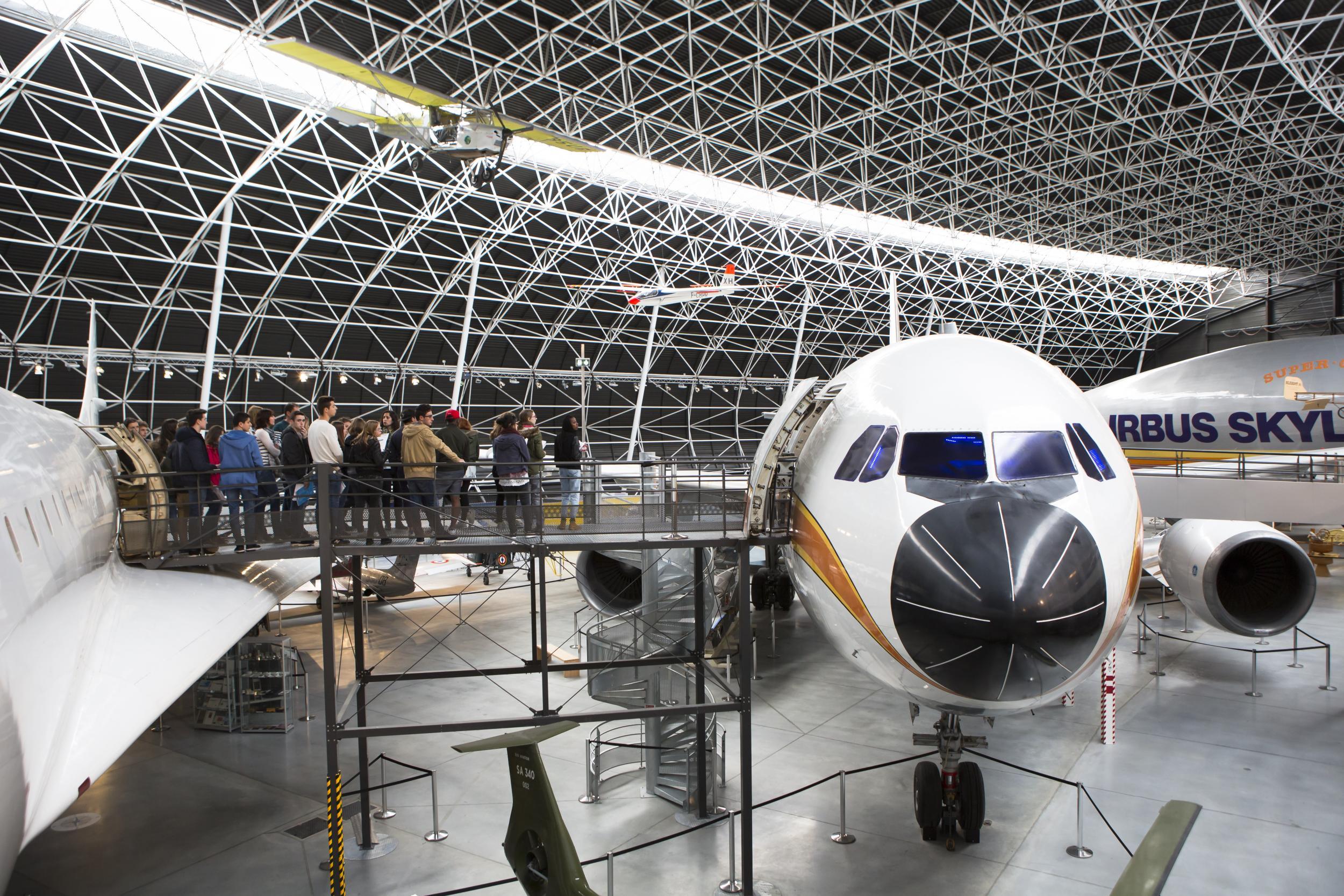
World-beating marque as it is, the name Airbus doesn’t quite set the pulse racing. But if, like me, you’re a fan of all things aviation, there’s a better reason to go to Toulouse, home of Airbus and capital of the French aeronautic industry. That reason is Aeroscopia, an aircraft museum to rival all the greats - Paris’ Le Bourget, or world leaders in London and Seattle.
In an appropriately swish hangar-stadium, beside the city’s main airport in Blagnac (the Heathrow of South-west France), Aeroscopia is rich in far more Toulouse aviation icons than just Airbus, particularly those associated with the pioneering Aeropostale France-to-Argentina mail flights of the 1920s. Now you’re talking. Magnificent men like Antoine de Saint-Exupéry and Jean Mermoz, and their legendary machines: the Breguets, Bleriots, Dewoitines beloved of Tintin cartoons, and Latécoères, which even appeared in a song by Serge Gainsbourg.
I took the smart tramway out beyond the airport to the museum, which sits next to the old Terminal Two. Once past the check-in themed ticket area, Aeroscopia’s huge cool hemispherical interior reveals an impressive selection of aircraft both civil and military. Sundry Airbuses, two Concordes, an elegant 1960s Caravelle, a weird bloated Super Guppy giant transport, Mirage, Jaguar, Lockheed Starfighter and F-8 Crusader fighters, Alouette and Gazelle helicopters, and dozens more.
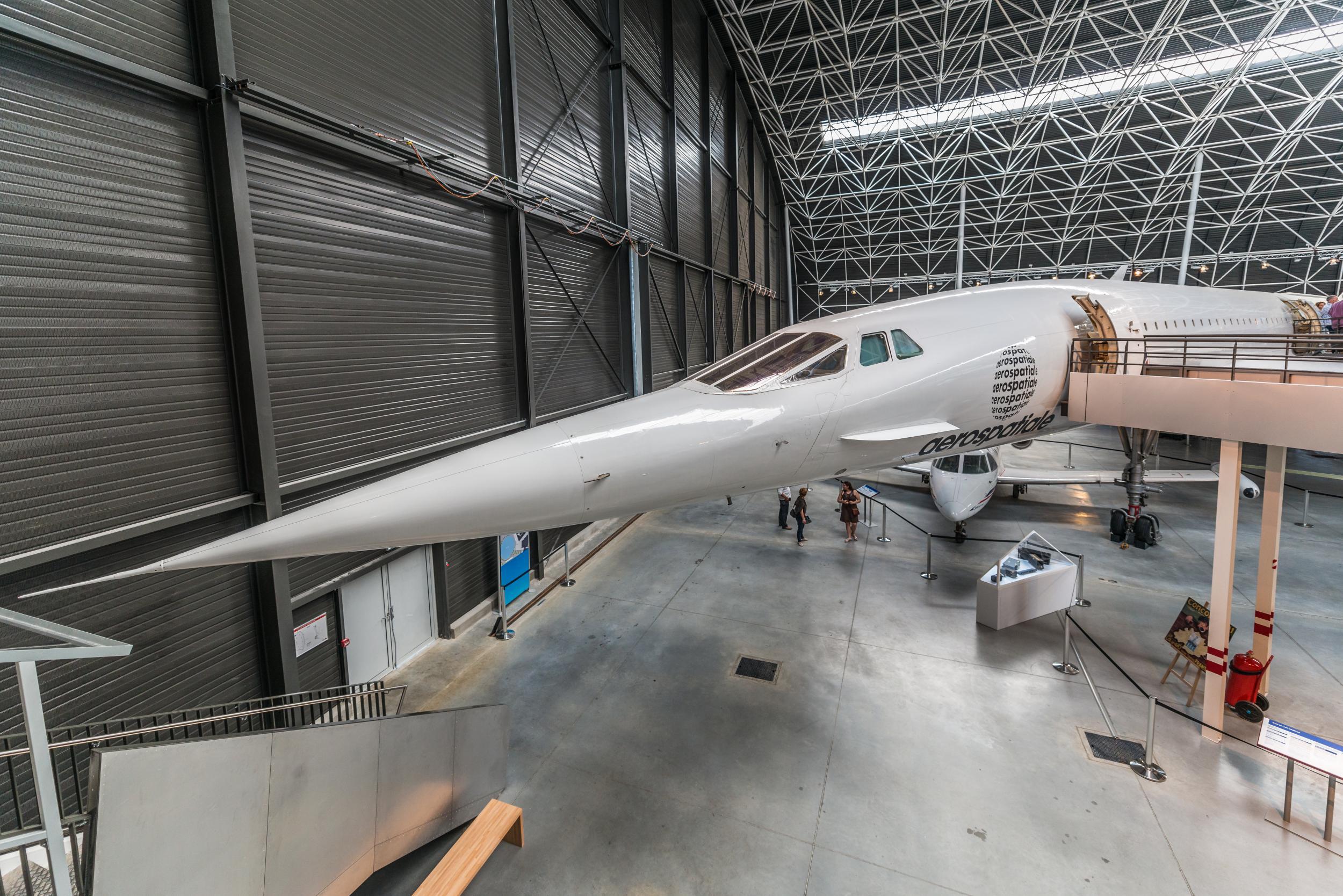
Some planes can be boarded, and glass floors and partitions expose the machinery. The Latécoère 631, a huge flying boat powered by six Hispano-Suiza engines, is the most spectacular exhibit, but it’s only a model – one of many. There are displays of everything from hostess’s uniforms to aircraft archaeology (essentially the hunt for traces of historic crashes). Exhibits include bits of a 1927 Latécoère dug up in a local garden last year.
Next to Aeroscopia is an earlier plane collection, Ailes Anciennes. This open-air jumble is all the more fascinating for resembling a scrapyard rather than a museum. Opposite is the pride of European industry, the Airbus factory. Visitors can watch as Airbuses are assembled from giant segments which arrive by ship, barge and enormous multi-wheeled, road-closing convoys.
Plane-spotting appetite whetted, I set off to explore aeronautic Toulouse further, starting with Blagnac itself. Much nicer than Hounslow may not seem like high praise, but it’s accurate. Amid the urban sprawl of the airport surroundings, old Blagnac retains an attractive small-town centre around an 11th-century church, a chateau, a park with majestic trees stretching down to the banks of the Garonne, and streets of the same fine terracotta brickwork as the “pink city” of Toulouse itself.
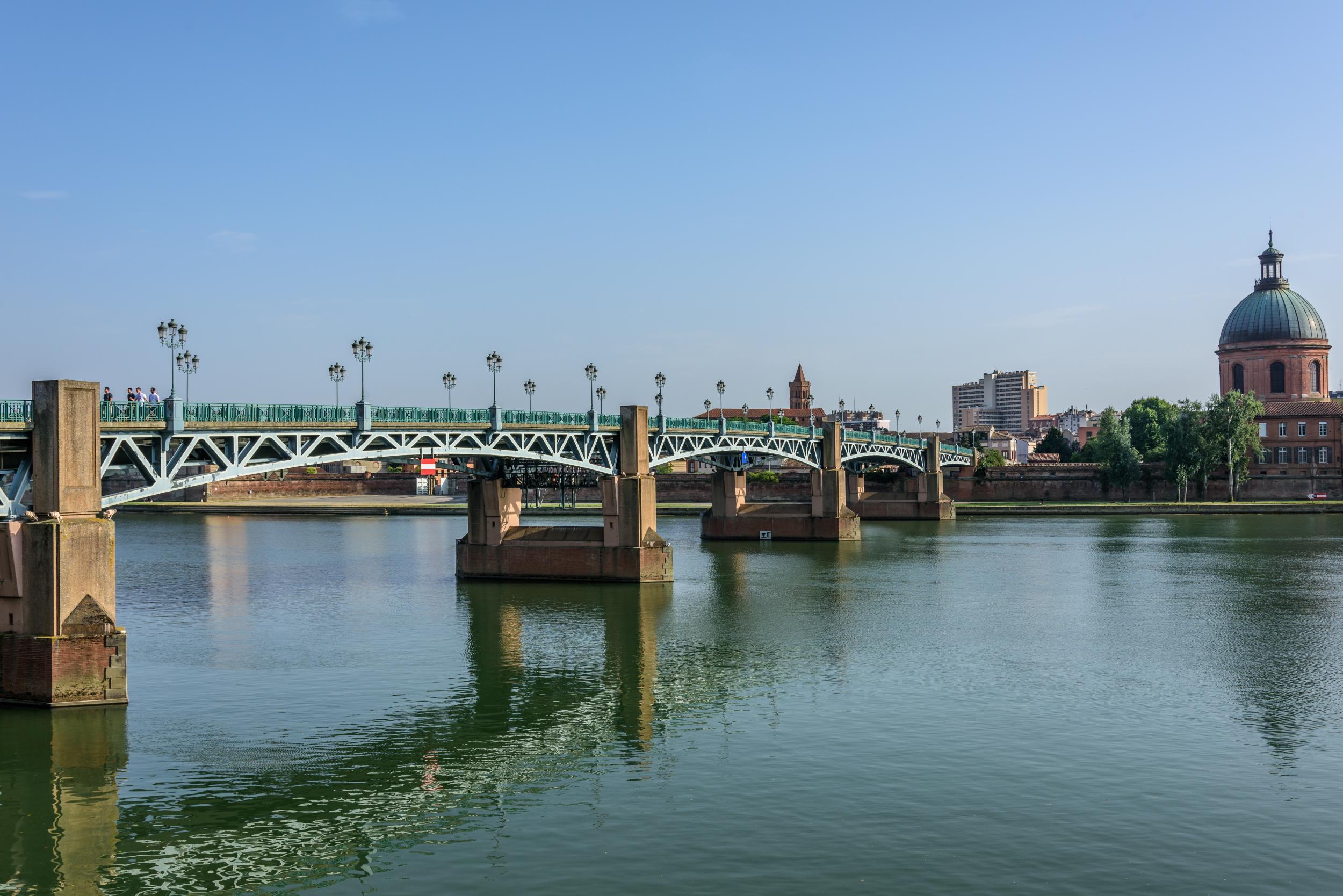
Of course, I had appropriately themed accommodation booked, in an outstanding specimen of Toulouse’s celebrated russet brickwork. The Grand Balcon hotel occupies a terrific place on the corner of the grandiose main square, Place de la Capitole, and in aviation history. This was where Saint-Exupéry and the other Aeropostale aces stayed. Saint-Ex’s favourite room, 32, is kept roughly as it was – the only part of the hotel, apart from the façade, the lift and the old neon sign, unchanged by a recent very smart refurbishment.
On the doorstep are the cafes and brasseries of the Place, presumably patronised by the aviators when they weren’t slipping into their leather coats and heading off over the desert. The most spectacular historic brasserie, Le Bibent, has recently had its gilded and mirrored interior dazzlingly restored. Its new menu, supervised by local star chef Christian Constant, includes an exquisite cocotte of Pyrenean lamb with Tarbes beans.
Aeroscopia itself lacks a restaurant, but the town of Blagnac has several, all far more interesting than what’s on offer at the airport terminal, if you have an appetite and a spare couple of hours between flights. The best of all, and the most plane-spotterly, requires a meandering drive around the airport perimeter. Beside a small paddock of hens, within shouting distance of the control tower, L’Esprit du Sud-Ouest offers excellent south-western cuisine (lovely canard and Côte de Bœuf), walls of aircraft pictures and memorabilia, and erudite aviation gossip from the amiable proprietor and indeed the clientele, many of whom are in the business.
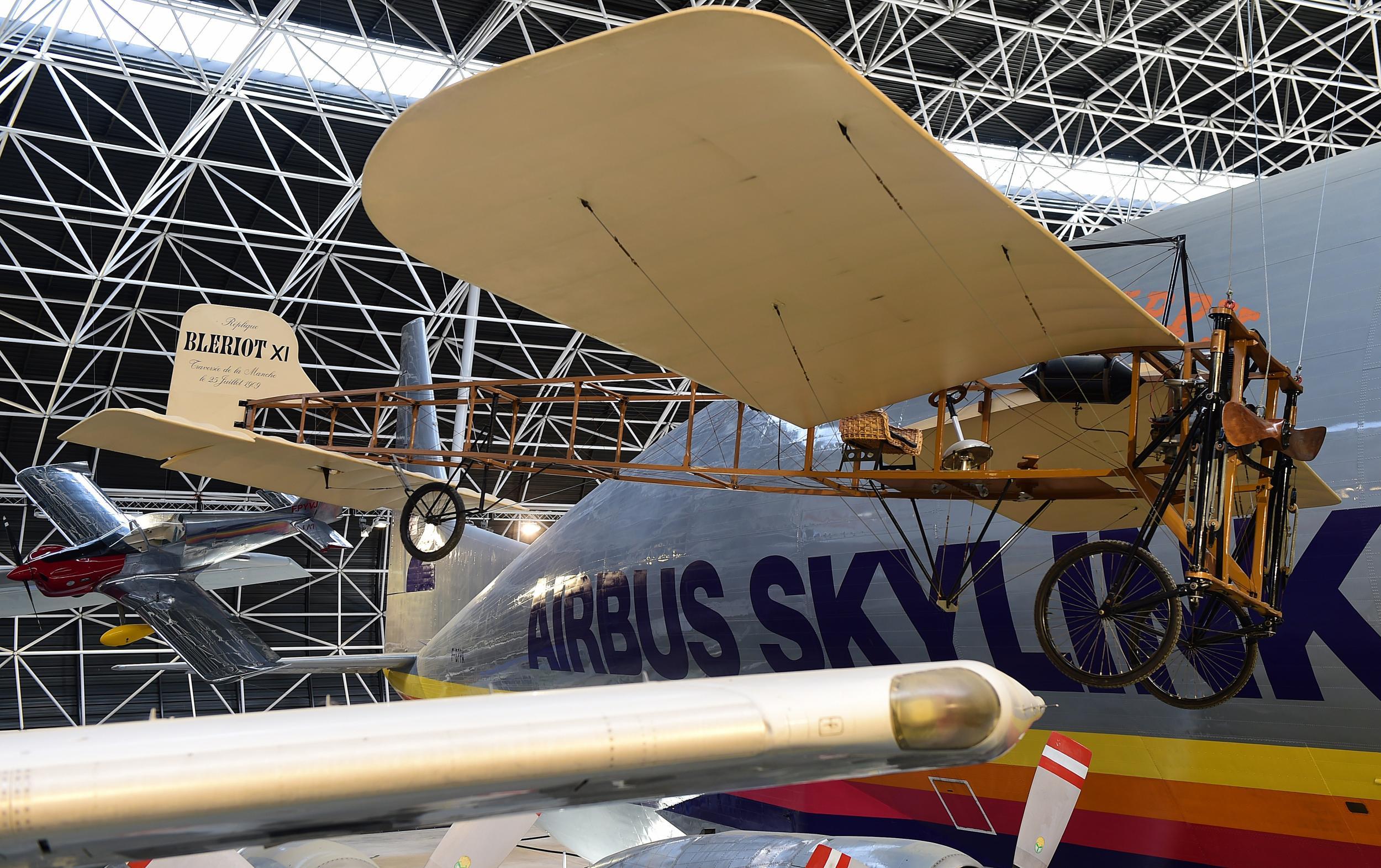
But the aviation trail doesn’t stop here. Blagnac has rivals. The first is Montaudran, an airport once base to Latécoère and Aeropostale. Gradually emerging from two decades’ dereliction, its huge runway still overgrown with weeds, it will open its own museum in 2018. The second, Francazal, home of Dewoitine and until recently an airforce base, is now re-establishing itself for civilian flights.
Yet another airport, Lasbordes, is the youngest and the most fun. Built during the Occupation as a German bomber base, Lasbordes is where Airbus pilots keep their private planes for weekend jaunts. It is set among cornfields with a distant view of the huge vertical Ariane space rocket which marks yet another museum, the Cite de l’Aerospace.Toulouse isn’t just about planes, it’s space exploration, too.
Beside the grass runway at Lasbordes, an area of outbuildings has become a buzzing summer restaurant, L’Envol, themed like a Saint Tropez beach club, with an excellent and modestly priced menu. You can even get a shuttle bus down the Avenue Saint-Exupéry, across the Canal du Midi, back into central Toulouse’s most beautiful quarter, around the Jardin des Plantes.
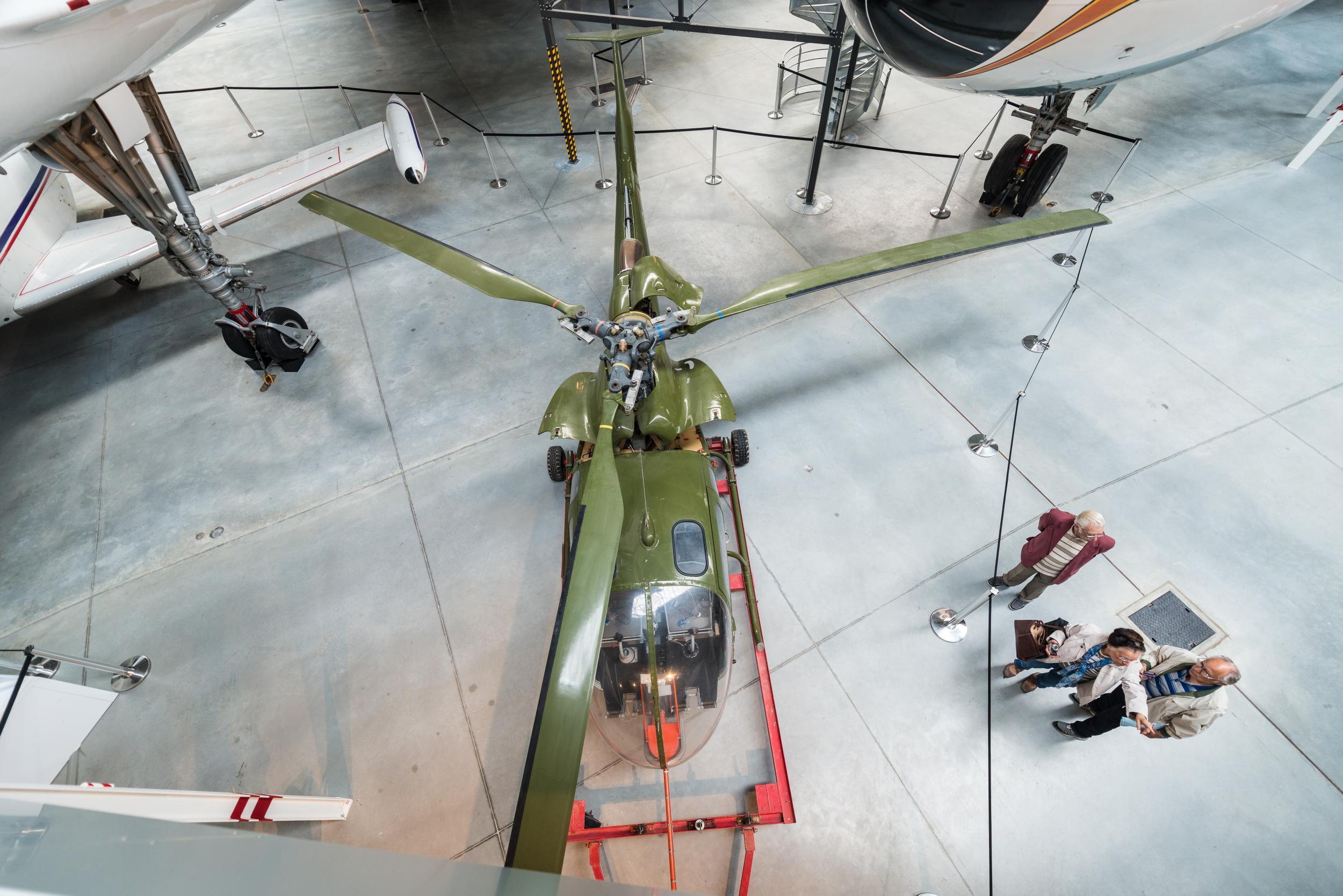
Once you start thinking aircraft in Toulouse, you see signs of them everywhere. The numerous street names are obvious; so is the aeronautic past of the riverside park known as the Prairie des Filtres, now used for picnics and music festivals, but perfect for landing early biplanes.
Travel essentials
Getting there
Philip Sweeney travelled from Portsmouth to Caen with Brittany Ferries (brittanyferries.com; 0330 159 7000). Fares start from £79 one-way for a car with two passengers. From here, it takes approximately 7.5 hours to drive to Blagnac.
Staying there
Double rooms at Le Grand Balcon hotel in Toulouse start from €102.
Visiting there
Adult tickets to Aeroscopia cost €11.50; children under 6-years-old go free. Concessions are €9.50.
More information
Subscribe to Independent Premium to bookmark this article
Want to bookmark your favourite articles and stories to read or reference later? Start your Independent Premium subscription today.




Join our commenting forum
Join thought-provoking conversations, follow other Independent readers and see their replies
Comments